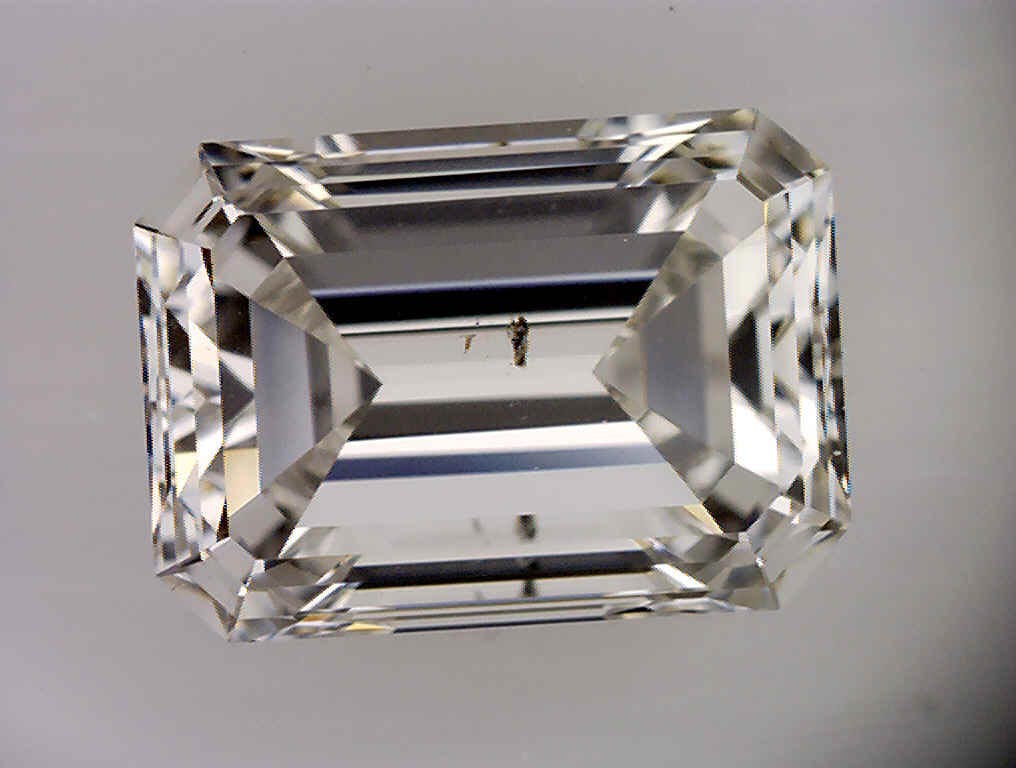
Here at the Metro Manila Gemcamp laboratory branch, a lot of clients come in with the mindset that their diamonds are genuine because they possess inclusions. Although it's far more common to see high levels of clarity in imitations like cubic zirconia and moissanite, we have seen both these materials possess white, gray and black speck-like inclusions during the course of 2017. Likewise, many glass faux diamonds can also show black inclusions, often mislabeled as 'carbon spots' or 'black diamond inclusions' by the local vendors. Be very wary of entertaining assumptions when it comes to diamond authentication.
We have also encountered cases where lighter colored beryllium-treated orange sapphires were thought to be colored diamonds by because they possessed darkish spots. Some specimens of faceted quartz were also quickly debunked as being non-diamond gemstones using differences in their mineralogical properties.
"Carbon Spots" are what many local dealers call the darkish inclusions inside diamonds, but many modern fakes these days can actually re-create the look of dark or black colored inclusions, even in glass or plastic imitations.
When you go around some areas of Manila, it's a frequent occurrence to hear the term "carbon spots" when dealers speak about diamonds, especially with the old European cut stones or rose-cut antique gems. In actuality, diamonds can have different crystal or mineral inclusions inside their interior. We have seen diamonds that contained tiny gem-quality garnet crystals within their interiors. These garnets showed up bright red and were eye-visible in fact. Gemstones-within-gemstones like these can actually raise the price of a colorless diamond, as their rarity creates a demand for collectors of rare mineral specimens.

Most grayish or dark inclusions you will find in diamond are actually composed of the mineral graphite. Graphite is usually seen as isolated crystals or cloud-like groups within the stone itself, and can form with relation to the original rough crystal's growth shape and pattern.
So there you have it, while graphite (made of carbon) is a common inclusion in many natural diamonds, having dark inclusions or spots does not automatically mean that your gemstone is a genuine diamond. Many faux diamonds are also manufactured or precisely cut to display some inclusions that make them appear more 'natural'. Even plastic imitations have been found to possess dark spots from time to time, so it's really not that hard for manufacturers to add in.
It's always best to find a reputable jeweler who is also willing to have the diamond tested with third party labs, like ours. If a diamond is genuine, then there would be no discrepancy in our identification results and findings.